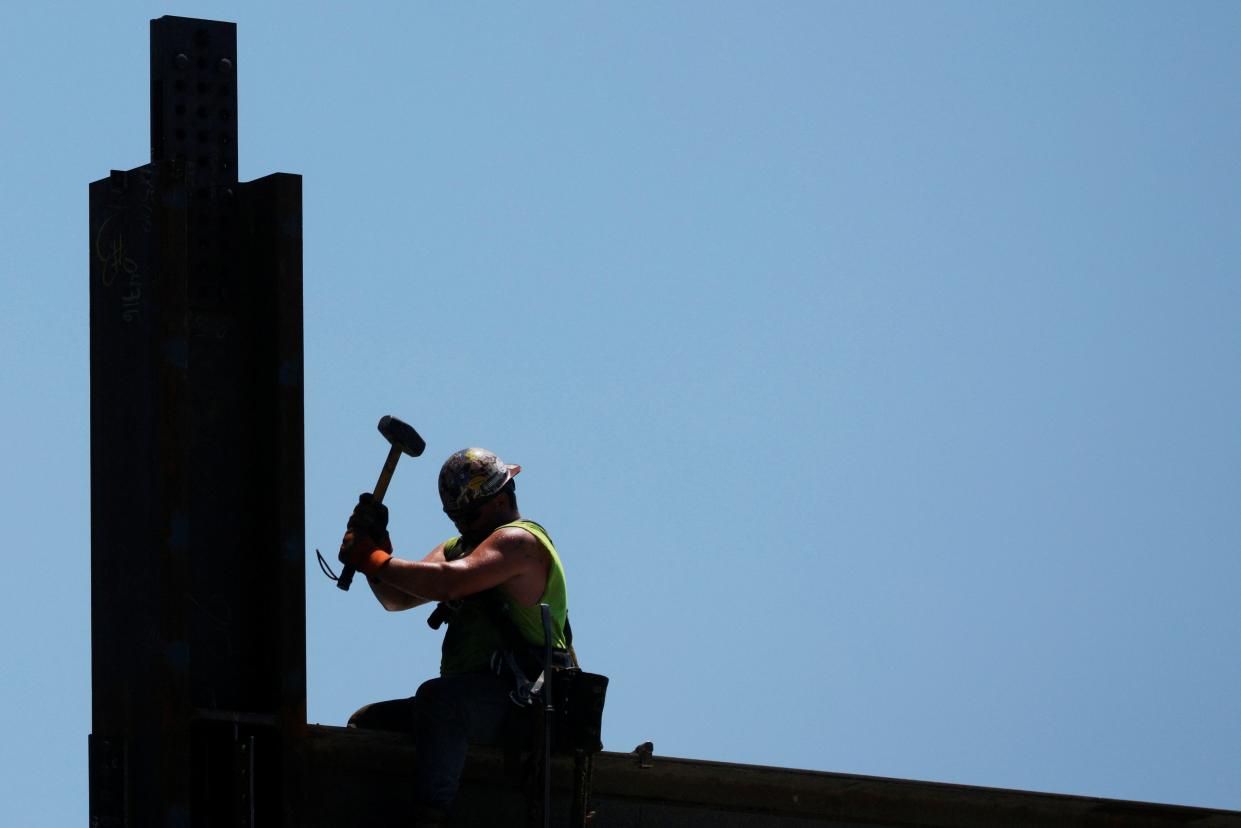Workplace injuries from extreme heat are ‘significantly’ undercounted, research finds

Workplace injuries from extreme heat may be significantly undercounted than what initial incident reports have collected, and low-income workers are disproportionately impacted by potentially life-changing and deadly injuries related to high temperatures, new research has found.
In reviews of roughly 11 million workers’ compensation claims, researchers found that temperatures of 95 degrees Fahrenheit (35C) and higher increase the risk of injury on the job by more than 15 per cent, causing at least 20,000 workplace injuries every year in California alone, “many of which lead to permanent disabilities and wage loss”, according to R Jisung Park, an assistant professor of public policy with the University of California, Los Angeles.
Temperatures above 90 degrees Fahrenheit saw a five to nine per cent increase in injury claims, the report found.
“Because many of these injuries are not officially tagged as being caused by heat, official statistics may significantly underestimate the magnitude of heat’s effects,” he said in his testimony to a congressional committee studying the climate crisis.
Mr Park previewed the group’s findings to be made public in a working paper later this month.
The vast majority of claims are for injuries “ostensibly unrelated to temperature: things like falling off a ladder or mishandling dangerous machinery”, he said in testimony to the House Select Committee on the Climate Crisis on 15 July.
Higher temperatures also increase injuries “even in many indoor environments, including manufacturing and warehousing, implying that many more workers might be exposed to climate risk than previously understood”, he said.
More than 24 million Americans work in such jobs, roughly twice as many that work in agriculture, mining and construction.
The effects of extreme heat also fall disproportionately on low-income workers, who are “more likely to work in more dangerous industries and to live and work in already hotter places”, which exacerbate existing disparities in medical care, wages and other factors, the data found.
Low-income workers are five times more likely to be injured on the job than higher income Americans in the top quintile of earners, researchers found.
“How much heat hurts is very much a function of individual and local factors, like income, occupation and which neighborhood you live in,” Mr Park said.
The “unequal consequences” of extreme heat fall not just between rich and poor countries but within states and potentially even within congressional districts, he said.
“Without remedial investments in climate mitigation and resiliency-enhancing infrastructure, climate change may further widen economic inequality and exacerbate racial gaps in health, learning, earnings, and wealth,” Mr Park said.
Read More
Baby birds fleeing nests too early because of extreme heat on West Coast
Oregon heatwave death toll tops 100 as county calls it a ‘mass casualty event’
The link between our fossil fuel addiction and worsening extreme heat is undeniable

